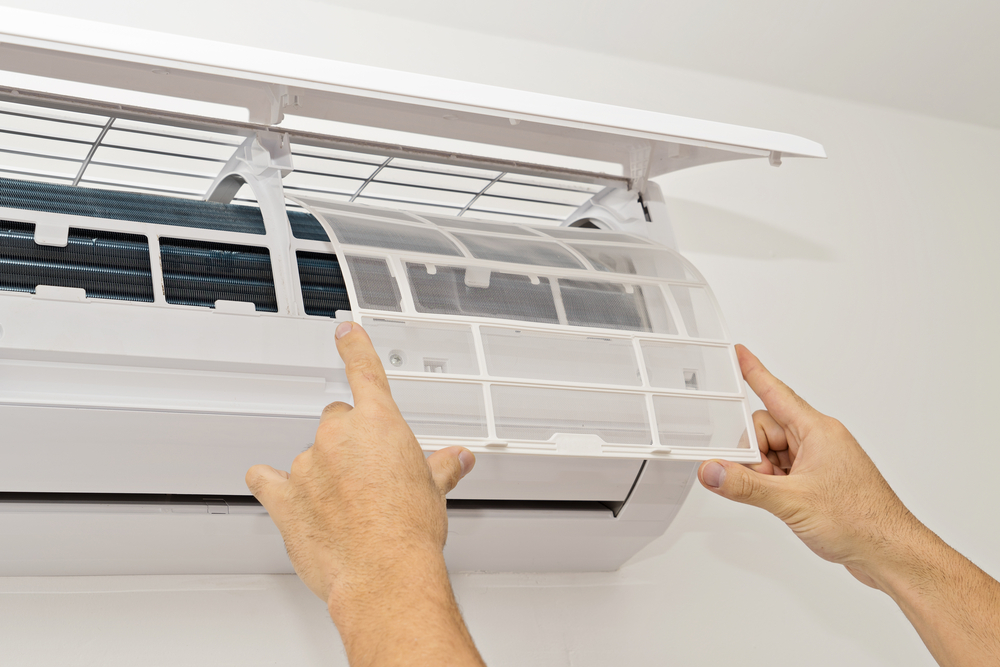When to Replace Filter Cartridges: Signs and Recommended Timelines
Knowing when to replace filter cartridges helps maintain water quality, protect appliances, and ensure efficient operation. This article outlines common signs of wear, typical timelines for different technologies, and practical tips for monitoring and maintenance.

Proper timing for cartridge replacement keeps filtration effective and helps prevent contaminants from re-entering your tap. Regular replacement intervals depend on the type of technology—carbon, membrane, UV, or reverse osmosis (RO)—as well as water quality, usage patterns, and installation specifics. This article explains clear signs that a cartridge needs changing, recommended timelines for common filter types, and practical monitoring strategies to support sustainability and portability where relevant.
How does filtration indicate cartridge wear?
A cartridge’s ability to filter depends on physical and chemical capacity. Over time, trapped particles and absorbed compounds reduce flow and performance. Decreased flow rate, cloudy or discolored water, and altered taste or odor are common indicators that filtration efficiency is falling. Monitoring flow and noting any sudden changes during installation or after maintenance can highlight blocked pores or exhausted media. Regular testing, either via simple TDS meters or professional water testing, helps distinguish natural fluctuations from genuine cartridge exhaustion.
What contaminants signal replacement: microplastics and PFAS?
Some contaminants, like microplastics and PFAS, require specific technologies or certified cartridges to reduce effectively. If your water testing shows elevated microplastics, persistent particulates, or PFAS above recommended limits, cartridge change intervals may be shortened depending on the filter’s rated capacity. Carbon blocks can adsorb certain chemical contaminants, while specialized membranes are used for PFAS reduction. Certification and testing information from the manufacturer will clarify expected service life against these contaminants; if local testing indicates breakthrough, replace cartridges sooner.
When should membrane and carbon filters be changed?
Membrane filters (including RO membranes) and carbon cartridges have different lifespans. Carbon filters, which reduce chlorine, taste, and some organic contaminants, commonly require replacement every 6–12 months under typical household use. RO membranes and fine ultrafiltration membranes have longer intervals, often 2–5 years depending on prefiltration quality and maintenance. Factors that shorten lifespans include high sediment loads, lack of prefilters, high water hardness, and poor installation or maintenance. Keep records of installation dates and compare to manufacturer recommendations and any local services or certification requirements.
What about UV and RO components and maintenance?
UV components control microbial contaminants but do not remove particulates or chemicals, so they are often paired with pre- and post-filters. UV lamps typically need annual replacement to maintain output, even if the lamp still lights, because UV intensity declines with use. RO systems rely on multiple cartridges; prefilters (sediment and carbon) protect the membrane and usually need replacing every 6–12 months, while the membrane itself can last multiple years with proper maintenance. Follow installation guidelines and schedule routine maintenance to prevent premature failure.
How do monitoring, testing, and certification guide replacement?
Monitoring and testing are practical ways to time cartridge changes more accurately than fixed calendar intervals. Use TDS meters to track dissolved solids for RO systems, visual checks for discoloration, and periodic professional testing for contaminants like PFAS or specific industrial pollutants. Look for products with relevant certifications that reflect testing standards for targeted contaminants—these certifications help set realistic replacement expectations. Keep in mind portability and sustainability: portable systems may have smaller cartridges that require more frequent swaps, while sustainable choices focus on reusable housings and recyclable media.
Installation, maintenance, portability, and sustainability considerations
Proper installation affects cartridge life: poor fittings, incorrect seals, or bypasses can reduce effectiveness and shorten service life. Regular maintenance—flushing new cartridges, replacing O-rings, and following break-in procedures—preserves performance. For portable units used in travel or temporary setups, plan for shorter replacement intervals due to variable source water quality. When sustainability is a priority, choose systems with longer-lasting membranes, recyclable carbon blocks, or serviceable housings to reduce waste. Maintain a log of installation dates and testing results to support timely replacements and to document certification or testing activities where required.
This article is for informational purposes only and should not be considered medical advice. Please consult a qualified healthcare professional for personalized guidance and treatment.
Conclusion
Replacing filter cartridges on a sensible schedule protects water quality and system performance. Watch for reduced flow, taste or odor changes, visible particulates, and testing indications such as rising TDS or contaminant breakthrough. Combine manufacturer recommendations, certification data, and routine monitoring to set replacement timelines that match local water conditions, system type, and sustainability goals. Regular maintenance and proper installation help maximize cartridge life and ensure consistent filtration results.




